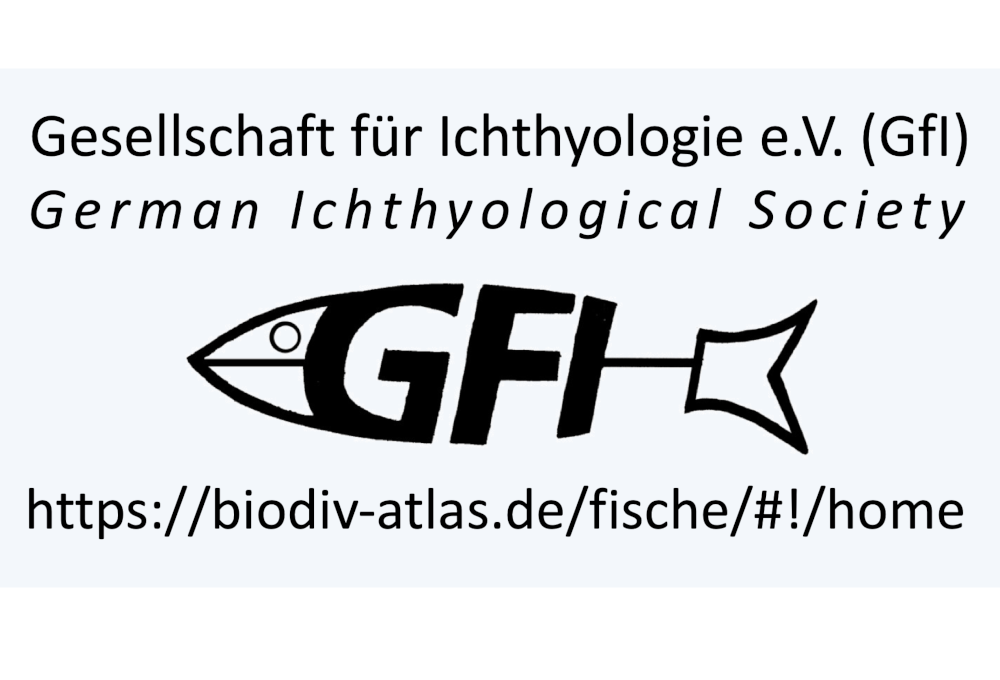Leucoraja erinaceus
(Mitchill, 1825)
Little skate
Classification: Elasmobranchii Rajiformes Rajidae
Reference of the original description
The hedgehog-ray - a species of Fish taken occasionally near New-York, in the Atlantic Ocean, and now, as is believed, for the first time described American Journal of Science and Arts, 9, 290–293
The hedgehog-ray - a species of Fish taken occasionally near New-York, in the Atlantic Ocean, and now, as is believed, for the first time described American Journal of Science and Arts, 9, 290–293
Image of the original description

Leucoraja erinaceus (Mitchill, 1825)

Leucoraja erinaceus (Mitchill, 1825)
Synonyms / new combinations and misspellings
Leucoraja erinacea
Leucoraja erinacea
Description :
Citation: Leucoraja erinaceus (Mitchill, 1825): In: Database of modern sharks, rays and chimaeras, www.shark-references.com, World Wide Web electronic publication, Version 12/2025
Please send your images of "Leucoraja erinaceus" to info@shark-references.com

Leucoraja erinaceus (Mitchill, 1825), male, adult, coll. no. 3690/79, "Anton Dohrn", stat. 6432/79, 40°04.8'B, 72°07.5'W, 12.11.1979, New York, 78 m depth, leg. by Dr. M. Stehmann © Dr. Simon Weigmann, Elasmobranch Research Laboratory, Hamburg, Germany

Leucoraja erinaceus (Mitchill, 1825), male, adult, coll. no. 3690/79, "Anton Dohrn", stat. 6432/79, 40°04.8'B, 72°07.5'W, 12.11.1979, New York, 78 m depth, leg. by Dr. M. Stehmann © Dr. Simon Weigmann, Elasmobranch Research Laboratory, Hamburg, Germany
Common names
 Raie hérisson,
Raie hérisson,  Raie-hérisson,
Raie-hérisson,  Little common skate,
Little common skate,  Little skate,
Little skate,  Little summer skate,
Little summer skate,  Raia-de-verão
Raia-de-verão
 Raie hérisson,
Raie hérisson,  Raie-hérisson,
Raie-hérisson,  Little common skate,
Little common skate,  Little skate,
Little skate,  Little summer skate,
Little summer skate,  Raia-de-verão
Raia-de-verão
Distribution
Western Atlantic: southern Gulf of St. Lawrence and Nova Scotia in Canada to North Carolina, USA. Source: www.gbif.org
Western Atlantic: southern Gulf of St. Lawrence and Nova Scotia in Canada to North Carolina, USA. Source: www.gbif.org
Biology
Oviparous, paired eggs are laid. Embryos feed solely on yolk [733]. Distinct pairing with embrace. Young may tend to follow large objects, such as their mother [17086]. Prefers water with lower temperature, with a move inshore in winter and offshore into deeper water in summer. Decapod crustaceans and amphipods serve as important foods; also feeds on polychaetes, isopods, molluscs, fishes. Parasites of the species include: 3 protozoans, 2 myxosporidians, nematode and 2 copepods (Ref. 5951).
Oviparous, paired eggs are laid. Embryos feed solely on yolk [733]. Distinct pairing with embrace. Young may tend to follow large objects, such as their mother [17086]. Prefers water with lower temperature, with a move inshore in winter and offshore into deeper water in summer. Decapod crustaceans and amphipods serve as important foods; also feeds on polychaetes, isopods, molluscs, fishes. Parasites of the species include: 3 protozoans, 2 myxosporidians, nematode and 2 copepods (Ref. 5951).
Remarks
shark-references Species-ID=17672;
shark-references Species-ID=17672;
Parasites (arranged by Jürgen Pollerspöck)
Ciliophora
Cestoda
Nematoda
Ciliophora
- Caliperia brevipes Laird, 1959 [15956]
Cestoda
- Dollfusiella tenuispinis (Linton, 1890) [16112]
- Echeneibothrium vernetae Euzet, 1956 [16148] [7574] [17504]
- Grillotia erinaceus (Van Beneden, 1858) [16112] [7411]
- Lacistorhynchus tenuis (Van Beneden, 1858) [16112]
- Nybelinia sp. [16112]
- Pseudanthobothrium purtoni Randhawa, Saunders, Scott & Burt, 2008 [7413] [7574] [17504]
- Pseudanthobothrium sp. [16148]
Nematoda
- Pseudanisakis sp. [17504]

















